Gear Transmission Hoist Trolley Model GT-FA
Product Code: 1304
The gear-driven trolleys, also known as I-beam trolleys, are widely used to move suspended loads on structural beams, usually in combination with manual or electric lifting equipment. These trolleys are common on rails, jib cranes, mobile gantries, and overhead cranes.
Main Features
- Easy Installation: The gear trolley carts are designed for quick installation on beams. The trolley width can be adjusted by turning the central rod with an eyelet (clockwise or counterclockwise). Once a hoist (not included) is connected, the central rod is locked, preventing accidental changes to the trolley width.
- Enhanced Security: It has anti-fall plates for greater safety. They also prevent damage when the wheels come into contact with the stops at the end of the beam.
- Derailment Prevention Device: Standard on all models, prevents involuntary movement of the cart.
- Anti-Tip Device: An adjustable roller or similar component that runs along the bottom of the beam flap. It helps prevent tilting during the use of the manual chain, ensuring stability, including in manual carts.
- Smooth Operation: The wheels have ball bearings with permanent lubrication, ensuring smooth movement along the beam.
- Manual Chain Included: Each cart is supplied with a manual chain suitable for a height of 3 meters. Longer chains are available upon request.
- Compliance: These carts comply with the Machinery Directive 2006/42/EC and the EN 13157 standard, ensuring their safety and high quality.
The gear translation trolleys are designed to accommodate a variety of rail widths within standard and widened beam ranges.
Specifications
| Product Code | Capacity (kg) | Test Load (kN) | Force Required to Lift the Nominal Load (N) | Minimum Curve Radius (m) | Adjustable Beam Width (mm) | Dimensions (mm) | Net Weight (kg) | Product Code |
|---|---|---|---|---|---|---|---|---|
| GTFA005 | 500 | 7.35 | 45 | 0.9 | 55-220 | 292 x 377 x 225 | 11.4 | 130400500 |
| GTFA010 | 1000 | 14.7 | 55 | 1 | 58-220 | 300 x 385 x 252 | 14.7 | 130401000 |
| GTFA020 | 2000 | 29.4 | 100 | 1.2 | 66-220 | 314 x 395 x 300 | 21.8 | 130402000 |
| GTFA030 | 3000 | 44.1 | 75 | 1.3 | 47-220 | 355 x 420 x 330 | 30.5 | 130403000 |
Note: All carts are suitable for standard and extended beam setups, ensuring versatility and excellent performance.
Related products
Manual lever handle model LH-A
Clamp for I Beam, model BC
Universal lifting clamp model ULC
Chain sprocket model CH-B
Safe use of manual and chain hoists
Manual and chain H-Lift hoists
Manual and chain trolleys are essential tools for moving heavy loads along I-beams or similar rails. They consist of a sturdy trolley frame, wheels or rollers, and a suspension system designed to securely connect loads.
- Manual trolley: Este tipo é ideal quando o movimento do trole é infrequente ou as distâncias são relativamente curtas. Também é comumente referido como um “trole liso” (modelo sem engrenagens). Devido à necessidade de operação manual, recomenda-se para cargas de até 3 toneladas (3000 kg). A altura da viga não deve exceder 20 pés (6 metros) acima do nível do operador.
- Pulley with chain and gears: Ideal for situations that require trolley movement, where a manual model would be impractical. Offers better precision in load positioning, being especially suitable for:
- Superior capabilities to 3 tons (3000 kg).
- Beam heights greater than 20 feet (6 meters) above the operator's level.
- Precise load positioning.
The movement of the trolley is initiated by pulling the chain, which causes a wheel connected to gears or ratchets to turn, driving the trolley's wheels. Chain-operated trolleys offer excellent maneuverability and load control.
Applications
Manual and chain hoists are commonly used in industries such as manufacturing, construction, and warehousing. They efficiently transport heavy machinery, equipment, and materials. This type of hoist is advantageous when an overhead crane is not feasible.
How it works
To use a manual trolley with a chain, connect it to the load using a suspension system, such as chains, slings, or other suitable devices. Position the trolley on the rail and move it manually or through the gear system. This system allows the operator to stop, start, or reposition the load with ease.
Versatility and security features
These trolleys come in various sizes and weight capacities to meet different industrial needs. Some models feature adjustable width and anti-derailment devices, ensuring safety and stability during operation.
Cart/Cart Trolley User Guide
Mandatory:
- Store and handle the cart/trolley correctly.
- Inspect the cart/trolley, the hoist, and the accessories before use and storage.
- Ensure that the wheel profile is compatible with the rail.
- Confirm that the width of the cart/trolley has been properly adjusted for the rail.
- Ensure that the rail is equipped with stops.
- When using a push/pull cart/trolley, push the load; avoid pulling it.
Prohibited:
- Do not expose the cart/trolley to chemicals, especially acids, without consulting the supplier.
- Do not force the hoist suspension hook onto the load bar, nor fasten it improperly.
- Do not let the cart/trolley fall, nor throw it.
- Do not expose the cart/trolley directly to harsh environments, such as water jets, steam, etc., without consulting the supplier.
- Do not use a cart/trolley with notched or damaged flanges.
- Avoid loading the cart/trolley by tilting it sideways.
Choosing the Right Cart/Trolley
The mobile trolleys/carts are available in various capacities and configurations. The load bar/lifting eye can be designed for use with a hook hoist or integrated into the hoist. These trolleys/carts are available in several types: push/pull, manually chain-operated, and motorized. When selecting the right trolley/cart, consider the following:
- Capacity e configuration cart/trolley (load bar/lifting eye or built-in hoist style)
- Type of hoist to be used
- Size and profile of the rail
For specific needs, such as in high-risk areas or environments exposed to extreme conditions (water, steam, hazardous materials, or extreme temperatures), consult the supplier.
Storing and Handling the Cart/Trolley
Normally, the trolleys/carts remain in place after the hoist is removed for storage. They should be protected against damage and corrosion. When storing trolleys/carts separately, follow these guidelines:
- Do not return damaged carts/trolleys to the storage area.
- Make sure the carts/trolleys are clean, dry, and protected against corrosion.
- Store the carts/trolleys in a dry and clean area to avoid damage.
- Remove operating chains, suspended power controls, etc., clearly mark them and store them separately to avoid damage.
- Never drop or throw the cart/trolley.
Installation and Commissioning
When installing a cart/trolley, always follow the specific instructions provided by the supplier. These instructions should be read together with the hoist instructions and should focus on the following:
- Make sure the track rail is level and has a smooth rolling surface. It must be equipped with stops that engage with the frame or the wheels of the cart/trolley.
- Check if the width of the cart/trolley is properly adjusted, if the shim washers are evenly distributed along the centerline, and if the wheel profile is compatible with the rail section. The anti-tilt devices must also be properly adjusted.
- If the cart/trolley was disassembled for installation, make sure all parts have been reassembled correctly. Make sure all screws, nuts, etc., are in place and fully tightened. If the stops were removed, make sure to replace them.
Safe Use of the Cart/Trolley
The safe use of the cart/trolley largely depends on the requirements of the hoist with which it is being used. However, always make sure of the following:
Follow all safety instructions.
Considerations about the Equipment
- Avoid using defective carts, trolleys, or accessories.
- The cart must be positioned directly above the center of gravity of the load.
- When using a push/pull cart, always push the suspended load instead of pulling it, ensuring that you avoid swinging loads.
Inspection and Maintenance During Use
- Maintenance can be performed together with pulley maintenance and should include regular cleaning of the trolley and lubrication of its moving parts. Make sure that the rolling surfaces of the wheels and the contact surfaces of the track are free of contaminants, including lubricants.
- Inspect the carts regularly. If any of the following faults are observed, remove the service cart and request that a qualified person thoroughly inspect it:
- Excessive wear
- Damage to the tread and the wheel flange
- Loose axle wheels and pins
- Loose nuts
- Side plates, load bars, or deformed suspension eyes
- Damaged or worn manual chain
- Control system failures
- Worn or broken drive gears
- Illegible identification



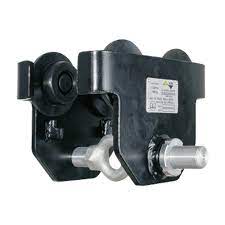
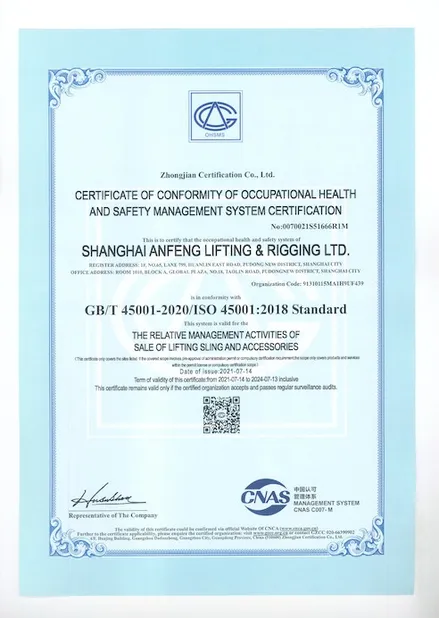
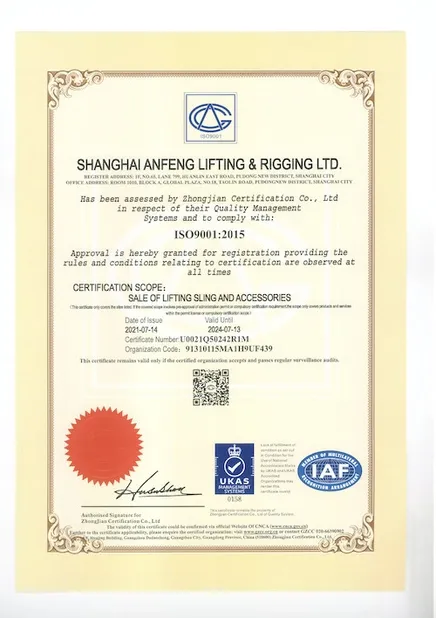
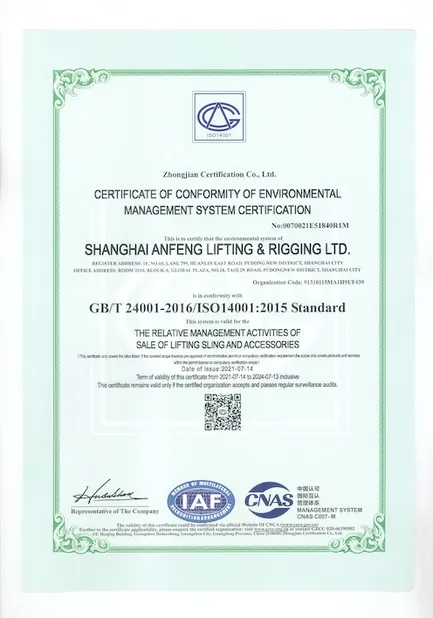


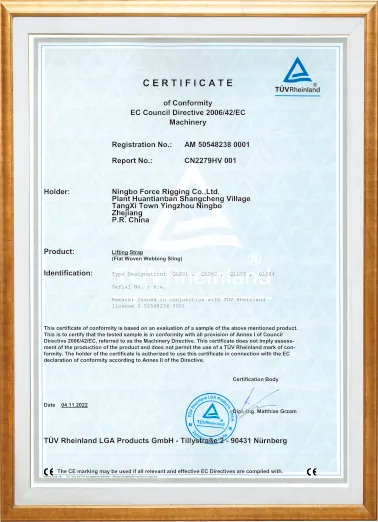
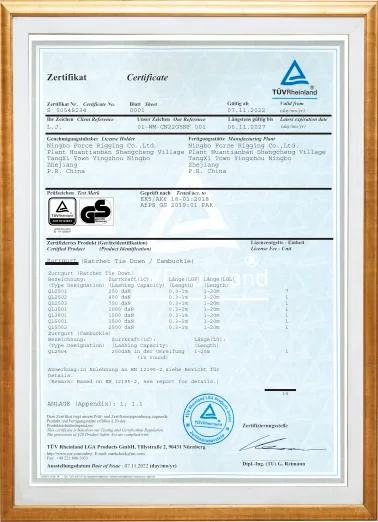
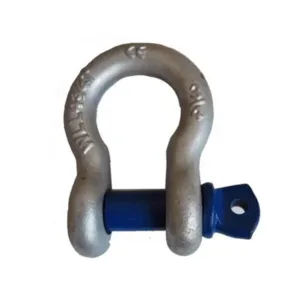
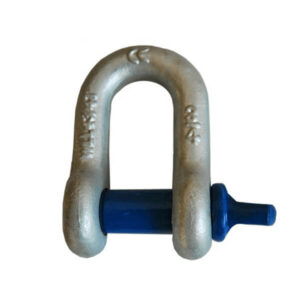
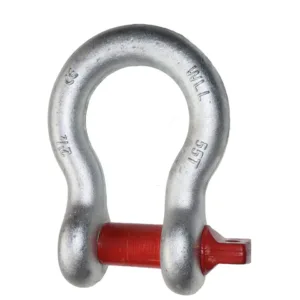
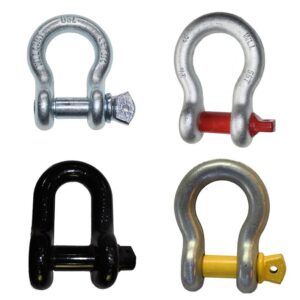

Reviews
There are no reviews yet.